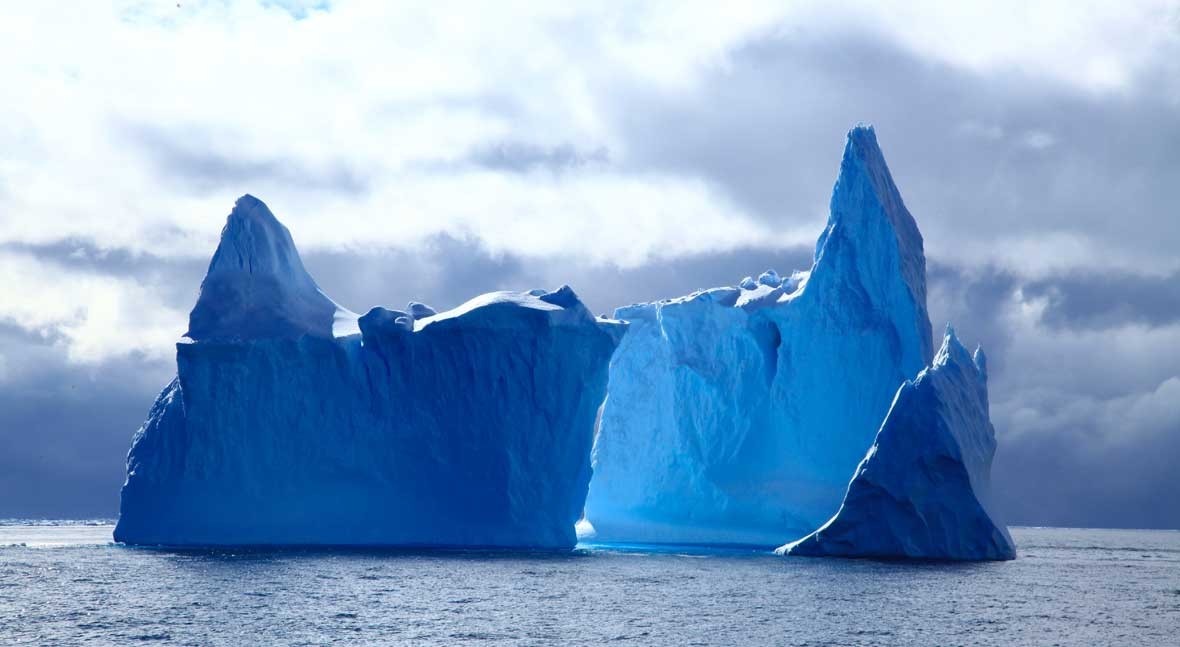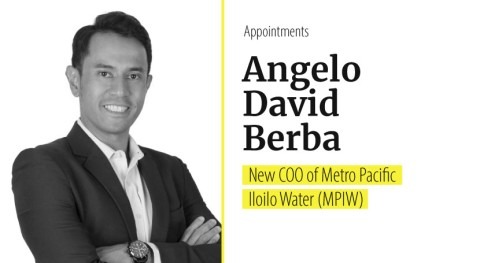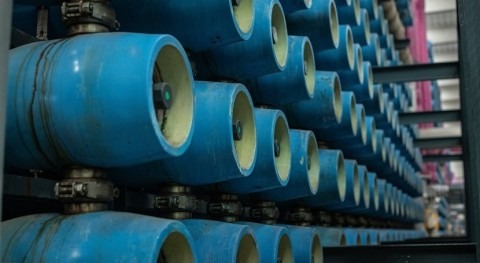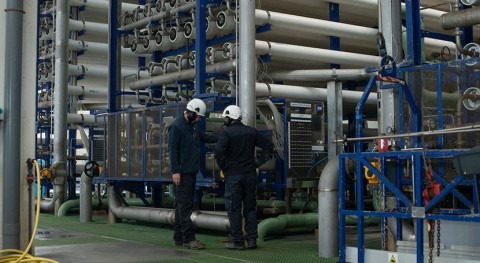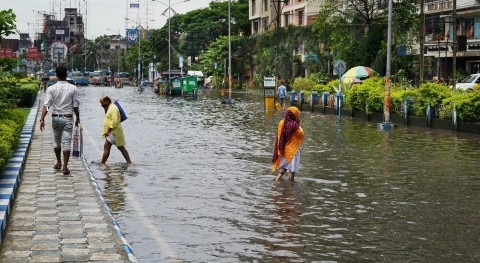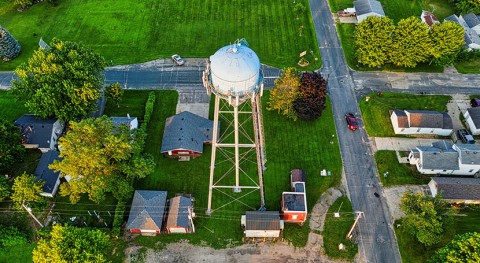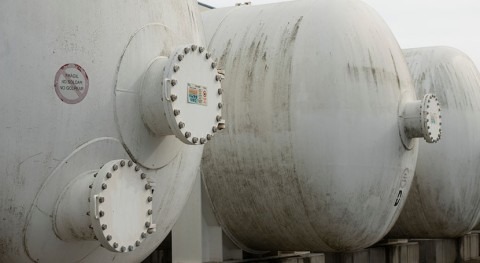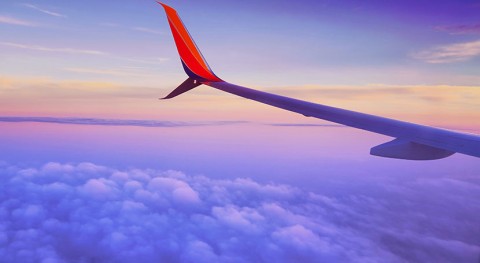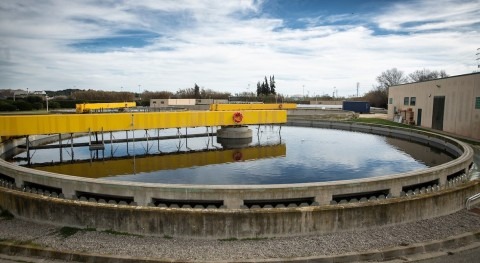The differences in freshwater availability across the globe, with occasional drought in some regions and excess rainfall in others, encourage looking into the possibility of transporting massive volumes of potable water between countries. An article in The Maritime Executive delves into different options, including towing icebergs and using tanker ships.
The idea of transporting potable water in the shape of an iceberg from the poles has been considered in different regions of the world that have experienced either occasional or ongoing water scarcity, the latest schemes coming from the Emirates, or the City of Cape Town in South Africa.
The idea is not new. A 2018 article by BBC Future gives a detailed account of former iceberg-towing plans, from as early as the 19th century, highlighting a common feature in all of them: none of them came to fruition. The many concerns include energy consumption, and the possibility that a large portion of the iceberg would melt, despite modern schemes that envision an insulting fabric mesh to reduce the melt-rate. Some companies already tow icebergs, to protect oil platforms from the flow of icebergs off the coast of Newfoundland. One of them, C-Core, says they are frequently asked about the possibility of towing icebergs to solve water scarcity, but notes that from an engineering perspective, the greenhouse gas footprint would probably be prohibitive.
The Southern Ice project studied the possibility of towing an Antarctic iceberg to the coast of South Africa to provide drinking water to Cape Town. The project was meant to provide short term relief, but not to address the problem of water scarcity in the long term. The cost of iceberg water, estimated by the City of Cape Town at roughly $2 per 1000 litres, could not compete with conventional water sources, but with other alternatives such as desalination or water reuse. Currently, drought conditions are over and reservoirs in Cape Town are full.
Other options involve transporting water in liquid form in tanker ships from excess-water regions with abundant rainfall, or blocks of ice in bulk carrier ships, harvested in regions such the Eastern coast of Canada, where icebergs often become trapped in bays. In both cases, the volume of water that would need to be transported would require new research and development into bulk carrier technology and mega-capacity maritime tanker technology. Flexible raft-like vessels were theorised in the past and would allow the construction of extreme length and cross-section dimensions. A combination of rigid tanker hulls linked by flexible, inflatable sections could also deliver an exceptional vessel length. The technology for transporting massive volumes of water by sea remains to be developed, but it could offer another alternative to building expensive desalination plants that remain idle for years when not needed.


